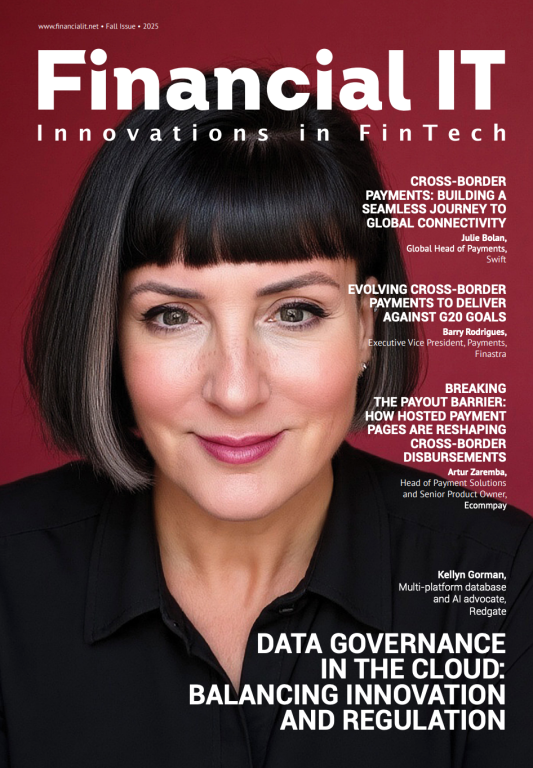Marketnode Powers Maybank’s First Tokenised On-Chain...
- 31.10.2025 02:55 pm
HSBC Innovation Banking Launches in Singapore
- 31.10.2025 09:20 am
Zempler Bank Partners with iwoca to Improve Access to...
- 29.10.2025 10:25 am
Africhange Partners with Griffin to Power GBP Bank...
- 29.10.2025 08:55 am
Crown Agents Bank Secures In-Principle Approval for...
- 28.10.2025 08:45 am
Keepz Brings Georgia Its First 24/7 Instant Bank-to-...
- 27.10.2025 10:45 am
Bunq Takes Its First Step into the US with Broker-...
- 27.10.2025 08:30 am
Treasury Prime Joins U.S. Bank Connected Partnership...
- 24.10.2025 12:15 pm
FintechOS Accelerates Global Momentum with 50% ARR...
- 23.10.2025 02:45 pm
Alchemy Pay Expands in Latin America with dLocal...
- 23.10.2025 01:35 pm
The Dawn of the Embedded Economy: UK Corporates Turn...
- 23.10.2025 10:05 am
Innovation Celebrated as Winners of Open Banking Expo...
- 22.10.2025 01:00 pm






















